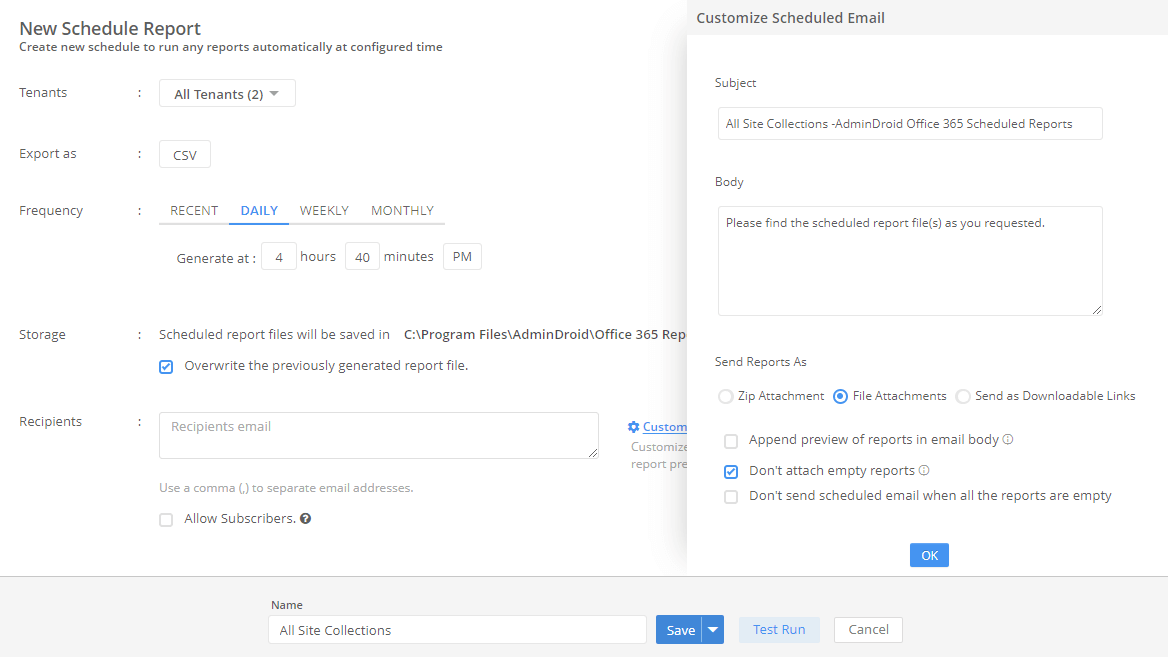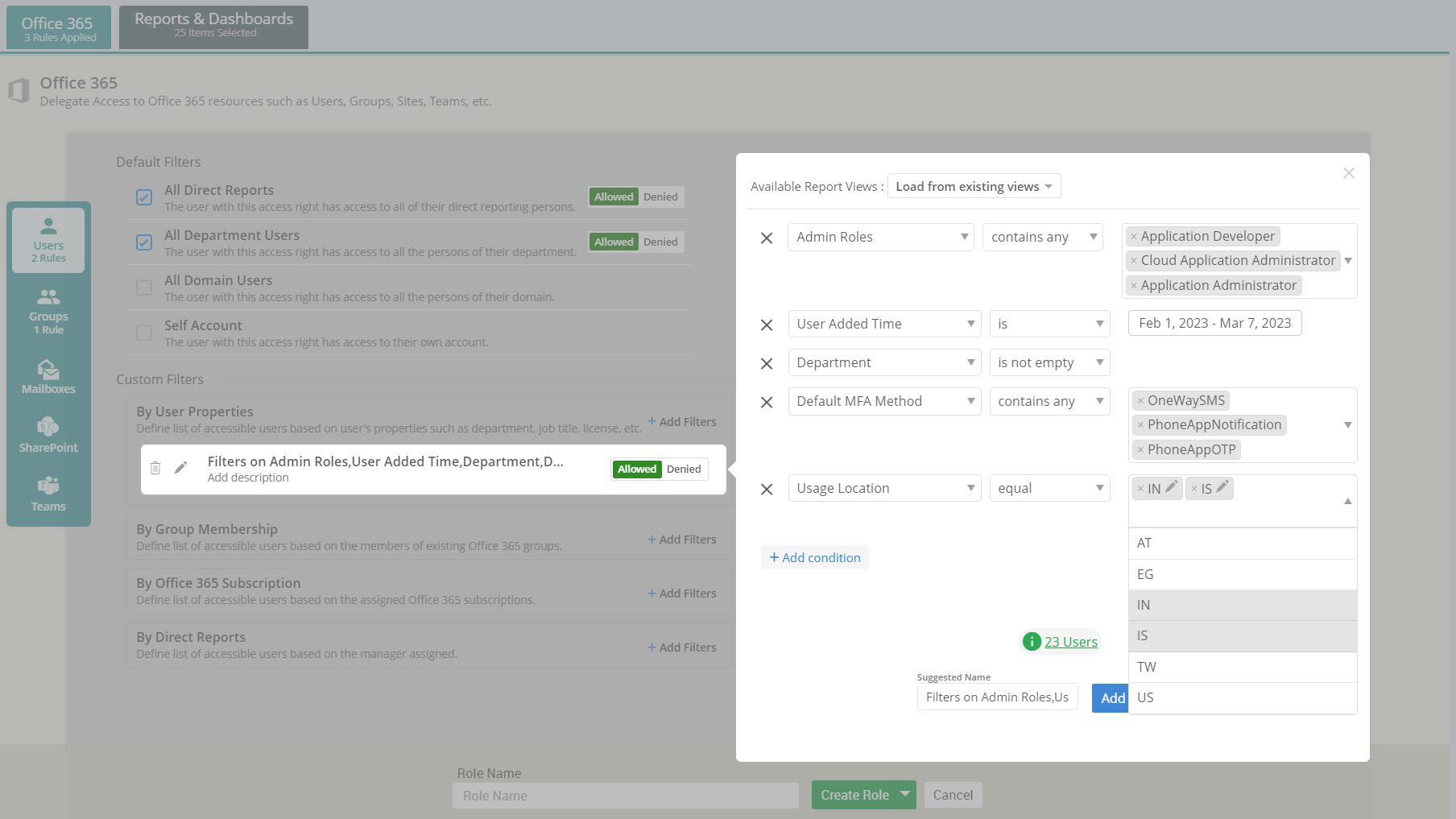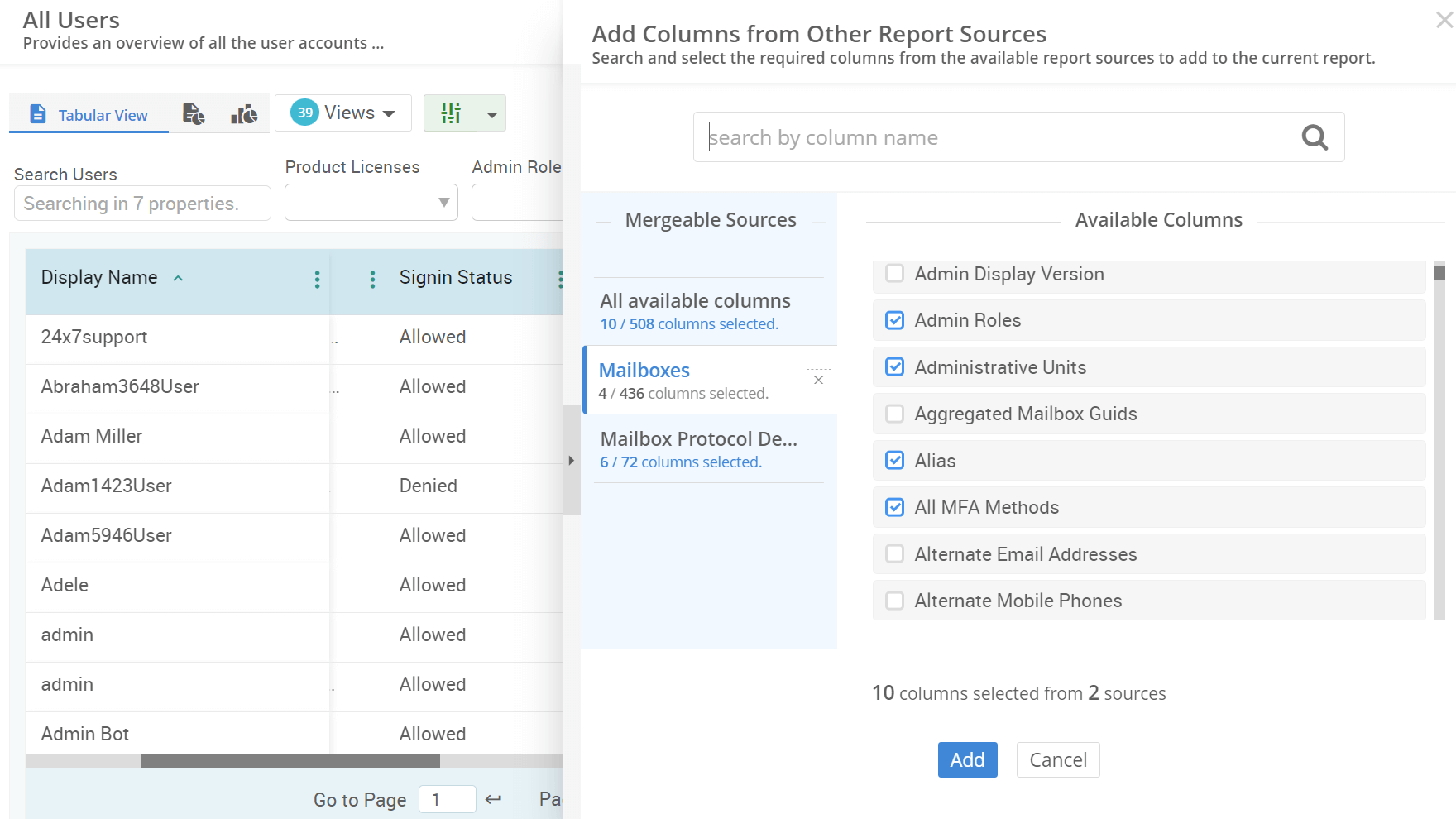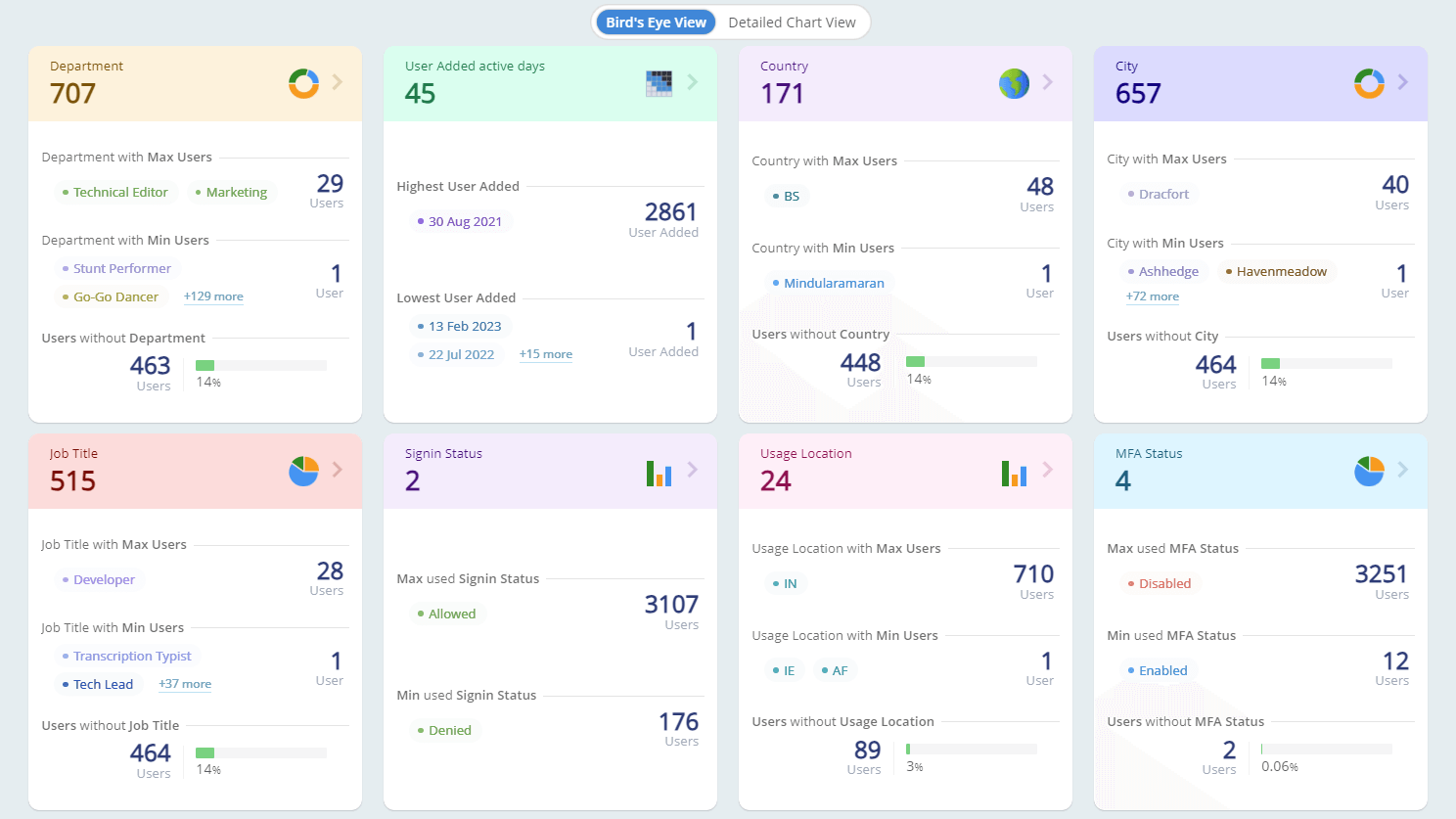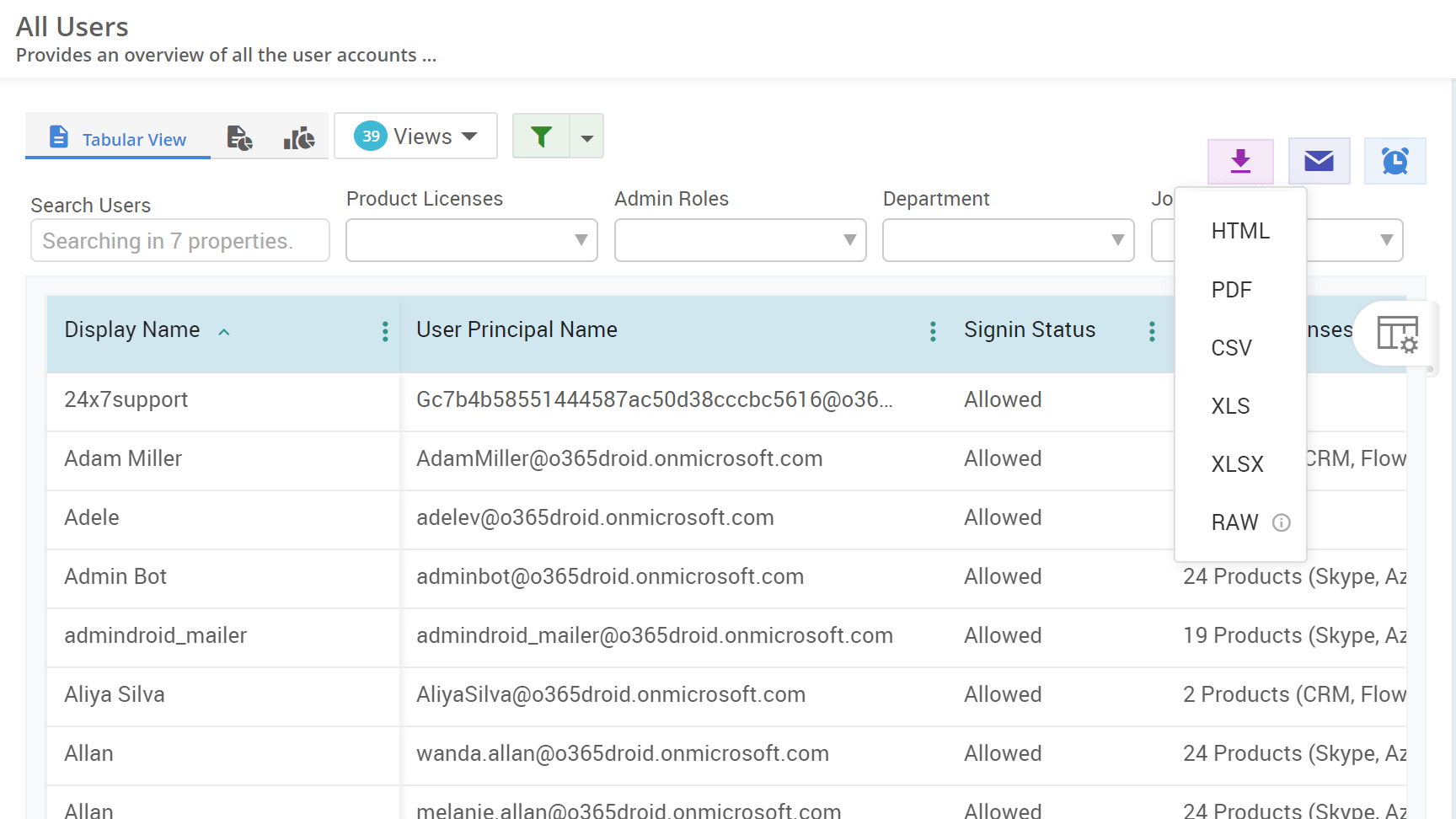A top spam receiver is a user who attracts a high volume of spam mails, often targeted by spammers to extract sensitive data or deploy malware.
Identifying these top spam receivers is crucial for strengthening your defenses. It allows for tailored security measures, ensuring that the most vulnerable inboxes are shielded effectively, thereby enhancing your overall email security.
- Sign in to your Microsoft 365 Defender account.
- Go to the Reports»Email & collaboration»Email & collaboration reports.
- Access the "Top senders and recipients" report card.
- Adjust the view to "Show data by top spam recipients".
- Connect to Exchange Online PowerShell module.
- Execute the 'Get-MailTrafficSummaryReport' cmdlet as shown below to fetch the top spam recipient report.
Get-MailTrafficSummaryReport -Category TopSpamRecipient
However, these native methods are often time-consuming and lack detailed information, such as data about top spam senders. Additionally, limited data aggregation and accessibility issues might make it hard to fully understand spam threats.
No more searching through complex filters or looping through PowerShell parameters. With AdminDroid, monitoring top spam receivers is as easy as a few clicks!
With its user-friendly interface, AdminDroid offers a comprehensive report on top spam receivers effortlessly.
- Head to Audit»Email»User Level Email Statistics»Top Email Statistics to access the comprehensive Top Spam Receivers report.
- Besides identifying top spam receivers, AdminDroid offers insights into top mail senders, spam senders, phishing senders, spoofed emails, malware instances, and much more to identify top attackers and top impacted email users in your exchange environment.
Quick Tip: Want your reports at your fingertips? Just hit the download button 📥 in the top-right corner. Select from HTML, PDF, CSV, XLS, and more to get your report instantly! Quick and convenient!
But wait, there's more! AdminDroid doesn't just stop at tabular reports; it also offers a real-time threat monitoring dashboard with interactive graphs and insights under Dashboards»Email.














